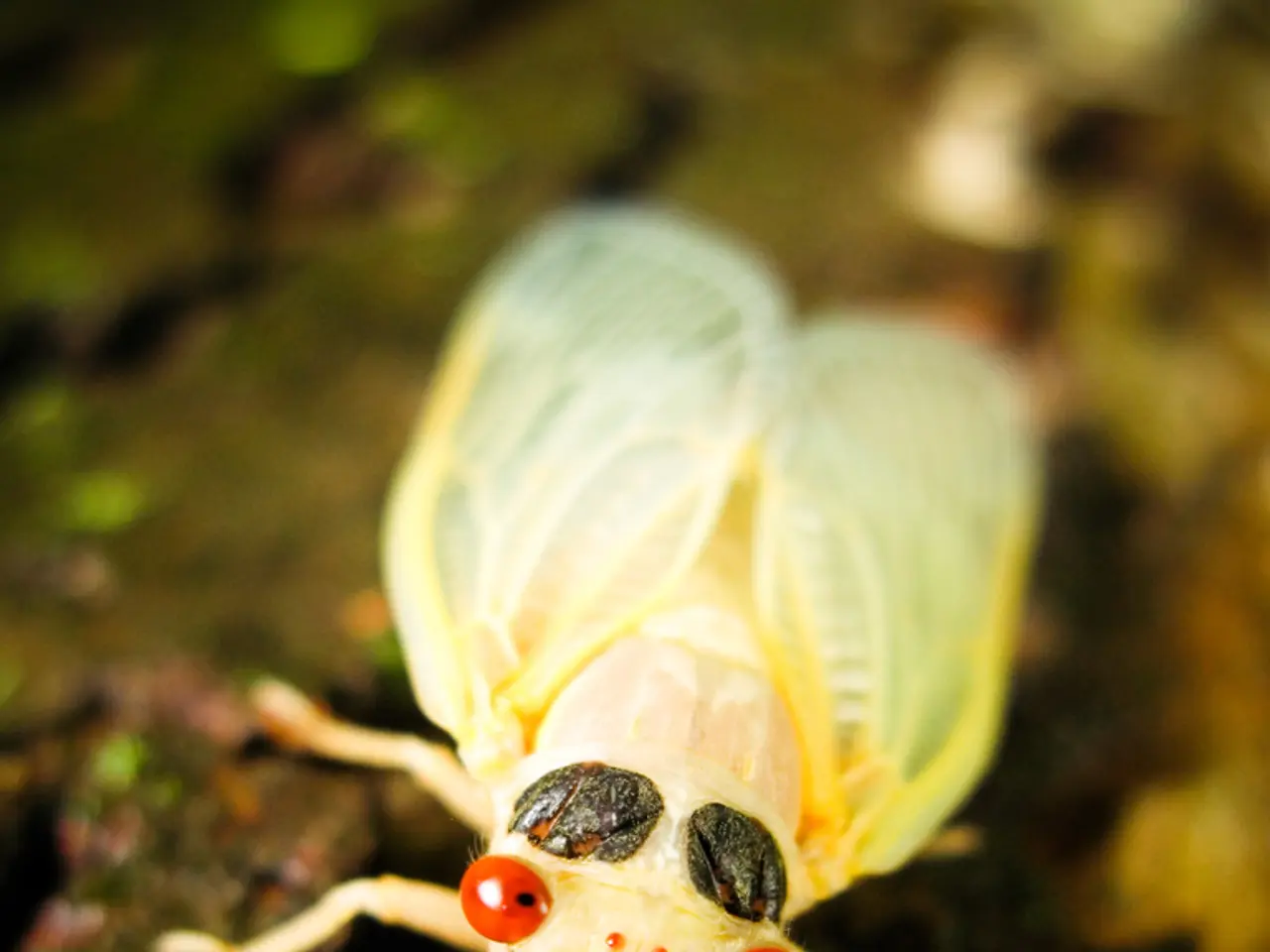mysteries in the dirt: identifying unknown pests in your plant's soil
In the world of gardening, maintaining a healthy and pest-free environment is essential for a thriving garden. Two common soil pests that can cause trouble are root aphids and springtails, along with soil mites. Here's a guide on how to manage these pests effectively.
Root aphids can be controlled by using high-quality, locally sourced soil mediums or homemade compost, as these can help in managing the inputs for root aphids. Azadirachtin, a growth regulator and feeding inhibitor, can also be applied as a soil drench to manage root aphid infestations. However, when treating consumable crops, caution is advised when using systemic insecticides, as they may pose a risk to the edible parts of the plants. Beauveria bassiana, a fungus used as a biocontrol for soft-bodied insects, is another treatment for root aphids.
Springtails, on the other hand, thrive in damp, organic-rich environments. To effectively control an infestation, focus on reducing excess moisture and organic debris. Key steps include fixing leaks, improving drainage, avoiding overwatering, and using dehumidifiers to maintain humidity below 60-70%. Sanitation is also crucial, as removing decaying leaves, dead plant material, and other organic debris around plants can help reduce breeding sites.
For quick knockdown of springtails in soil and on plants, insecticides like Cyonara or Maxxthor can be applied carefully, targeting exposed populations. However, these chemicals can harm beneficial insects, so use them with caution. A more eco-friendly approach is to consider beneficial predatory mites such as Stratiolaelaps scimitus, which are effective against fungus gnats and may also help reduce soil mite populations by preying on their larvae in the soil.
When it comes to soil mites, they also favor moist environments that support fungal growth. Improving air circulation, avoiding dense planting, and regularly inspecting plants can help reduce favorable conditions for mites and springtails. Covering drainage holes with synthetic fabric and exposing the soil with a layer of sand can prevent fungus gnats from accessing the soil and laying eggs.
It's important to note that springtails feed on fungi and algae rather than live plant material, so an infestation often signals excess moisture or fungal growth rather than direct feeding damage to plants. Removing the underlying moisture problem is therefore the most critical step.
In conclusion, a comprehensive approach addressing habitat modification, sanitation, and targeted treatments is necessary for effectively managing soil mites, springtails, and root aphids. Since these are naturally occurring organisms beneficial for soil health, eradication is impractical; instead, control aims at reducing their nuisance levels and preventing plant damage.
Incorporating organic-rich compost and using locally sourced soil mediums can aid in managing root aphids, contributing to a balanced home-and-garden lifestyle that promotes a healthy garden. Maintaining a proper lifestyle can include measures like reducing excess moisture and organic debris to control springtail infestations, ensuring a pest-free home-and-garden setting. Beneficial predatory mites like Stratiolaelaps scimitus could be a pet-like addition to the garden, helping control fungus gnats and reducing soil mite populations in a pet-friendly and eco-friendly manner, contributing to a harmonious lifestyle.




